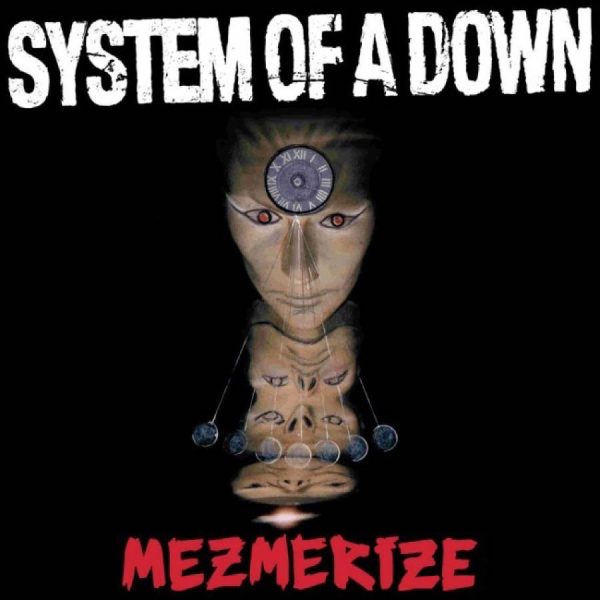What’s the history behind St. Patrick’s Day?
Ever wondered why St. Patrick’s Day is celebrated every year on March 17th? The day was established in 1631 to honor Irelands patron saint. The Irish celebrate this day as a religious holiday for over 1,000 years. On St. Patrick’s Day, which falls during the Christian season of Lent, Irish families would traditionally attend church in the morning and celebrate in the afternoon. More than 100 St. Patrick’s Day parades are held across the United States; New York City and Boston are home to the largest celebrations.
honor Irelands patron saint. The Irish celebrate this day as a religious holiday for over 1,000 years. On St. Patrick’s Day, which falls during the Christian season of Lent, Irish families would traditionally attend church in the morning and celebrate in the afternoon. More than 100 St. Patrick’s Day parades are held across the United States; New York City and Boston are home to the largest celebrations.
Who was St. Patrick?
Saint Patrick is the patron saint of Ireland, known for bringing Christianity to the country. He lived in the fifth century and was actually born in Roman Britain, not Ireland! When he was 16, he was captured by Irish raiders and was sent as a slave to present-day Northern Ireland where he became a shepherd. He grew close to his Christian faith during these difficult years and then went on and spread Christianity to the Irish through baptism and confirmation.
Why do we wear Green?
Ireland wasn’t always associated with the color green. When Henry the VIII claimed himself to be king of Ireland in the 1500s, his flag was blue. However, green was later used as the color of the flag in the Great Irish Rebellion of 1641 when the Irish fought against the English. Over the years, green became a national symbol of pride for Ireland. Wearing green clothes became common in the U.S. at St. Patrick’s Day parades and celebrations in the 1800s. It was a symbol that Irish-Americans used to honor their heritage and seems to have stuck all these years later.
 honor Irelands patron saint. The Irish celebrate this day as a religious holiday for over 1,000 years. On St. Patrick’s Day, which falls during the Christian season of Lent, Irish families would traditionally attend church in the morning and celebrate in the afternoon. More than 100 St. Patrick’s Day parades are held across the United States; New York City and Boston are home to the largest celebrations.
honor Irelands patron saint. The Irish celebrate this day as a religious holiday for over 1,000 years. On St. Patrick’s Day, which falls during the Christian season of Lent, Irish families would traditionally attend church in the morning and celebrate in the afternoon. More than 100 St. Patrick’s Day parades are held across the United States; New York City and Boston are home to the largest celebrations.








